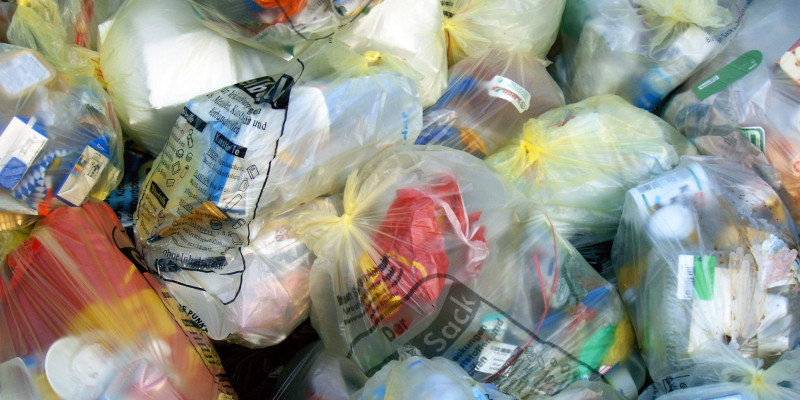The recycling quota varies depending on the packaging: it is relatively high for glass (85.5%), paper/cardboard (88.7%), aluminium (87.9%) and steel (92.1%). Plastics (49.7%) and wood (26%) still hold a lot of potential. Plastic packaging in particular – because of the diversity of the materials concerned – is difficult to sort and recycle. Nevertheless, the recycling of plastics packaging in 2016 was 0.9 percent higher than in the previous year - higher for the first time than the rate for energy production. Maria Krautzberger said: "Valuable plastics in particular must be recycled at a higher rate."
The new Packaging Act enters into force on 1 January 2019. The minimum requirement is that the recycling of plastics in packaging in the dual system is further boosted. The initial target is set at 58.5 percent, which is to be increased to 63% as of 2022. It applies to all packaging which obliges the producers in the Dual System to participate and also to waste which must be disposed of via the recyclable materials collection system (glass, paper, the yellow bag, yellow bin, recycling bin and collection sites).
The share of private end users in total packaging waste volume was 47% (8.52 million tonnes overall), equivalent to 103.5 kg per capita. There are a number of reasons for the continuing trend towards high levels of packaging consumption. One example is the additional functions in packaging including dosing aids or complex seals which require more material and are more difficult to recycle. Furthermore, the trend continues for a preference for smaller over larger size packaging, mail ordering instead of local shopping and takeaway food consumption. Nevertheless, the consumption of plastic packaging by domestic end users decreased slightly: from 25 kg to 24.9 kg per capita. In contrast, more glass and aluminium packaging is being used, presumably because it is replacing plastic packaging. However, the production of glass and aluminium is very energy-intensive. Ms Krautzberger commented: "Replacing plastic packaging with other packaging materials is not always a viable ecological alternative. It would be better to use less packaging and to keep it more simple.“
Exports of packaging waste amounted to 10.9%, all of which was destined for recycling. Import and export of paper and cardboard waste is balanced whereas imports of glass packaging exceeded their export. 10.6% of plastic packaging waste was exported, with no imports of same.
The updated report on the occurrence and recovery of packaging waste devotes a special chapter to neodymium magnets which are being used increasingly in short-lived packaging. The magnets are mainly used to seal boxes and are an interfering substance in the cardboard/paper fraction when it comes to disposal. Neodymium is a rare earth and classified as a critical resource. Around 4.5 tonnes of neodymium-containing magnets were present in packaging waste in Germany in 2017, about 1.5 tonnes of which was pure neodymium. There is no recovery system in place up to now for the recovery of neodymium from packaging, which means the rare metal is lost in the scrap iron fraction.
Further information:
The following packaging types comprise the overall consumption taken into consideration: sales, transport, reusable, filler material containing hazardous materials, and the disposable components of reusable packaging. The indicated rates of recycling for total occurrence are based on all the packaging waste which was recycled in within Germany or another country. These rates are different than the quotas established under the German Packaging Act which refer only to the packaging which is subject to inclusion in the dual systems of waste collection. This refers to the packaging used as filling and overpack which private end consumers typically dispose of after use. The latter rates of recycling are not calculated based on the occurrence of packaging waste but rather in relation to the amounts of participation.
The recycling quota (rate of material recovery) is calculated based on the waste which is received at recycling facilities. For most waste fractions these are the wastes sorted according to material type which have come from sorting facilities. However, plastic packaging waste is often contaminated, thereby generating further waste fractions during upstream verification, sorting and other processes in the recycling chain and actually reducing the share that is recycled. To improve data quality, the amendments to the EU Packaging Directive will require the recycling quota to be determined based on the volumes of waste which are collected for final recycling. However, it will then be more difficult and complex than before to determine the amount of recycled waste.
 Click to enlarge
Click to enlarge









修改评论